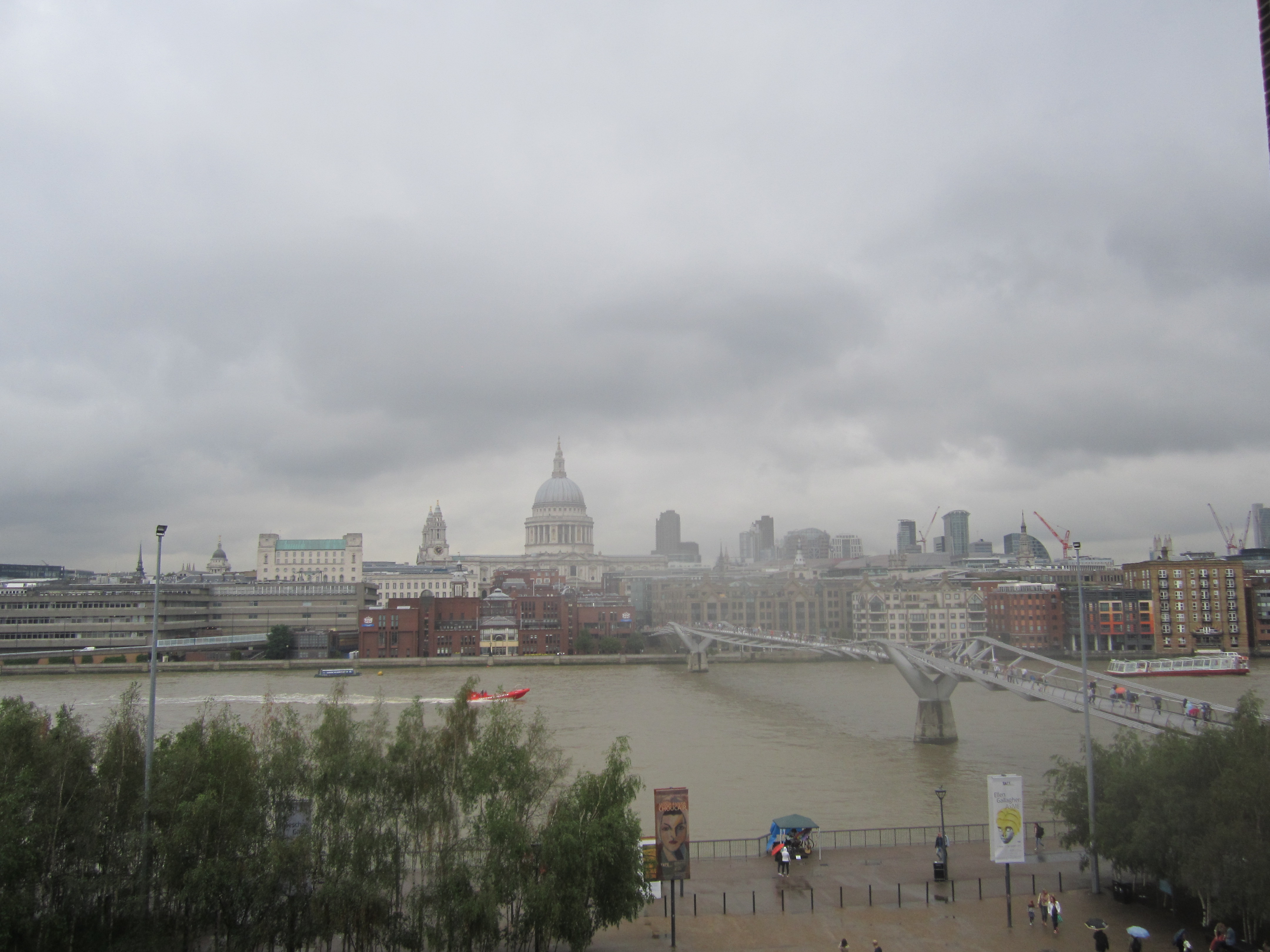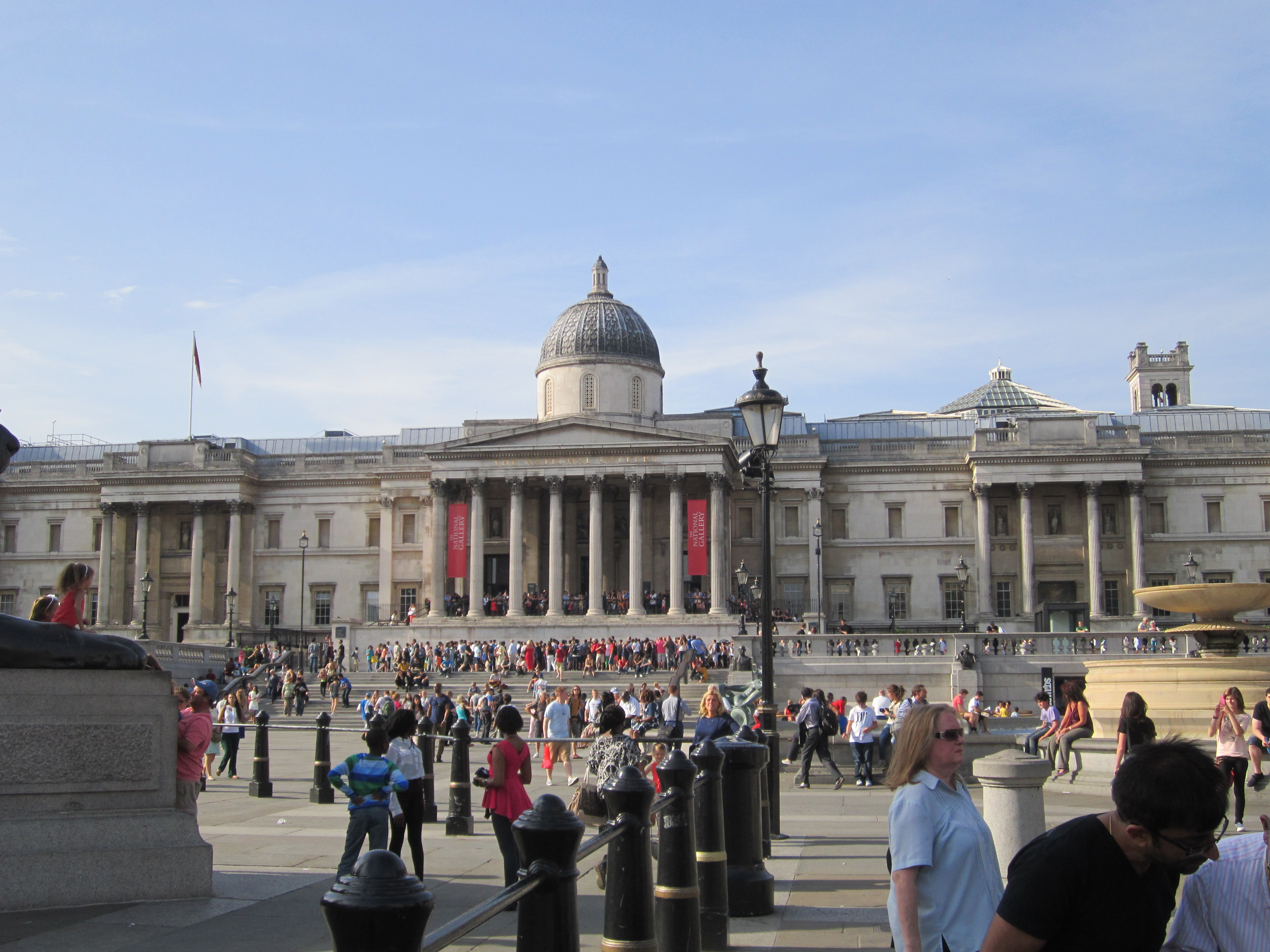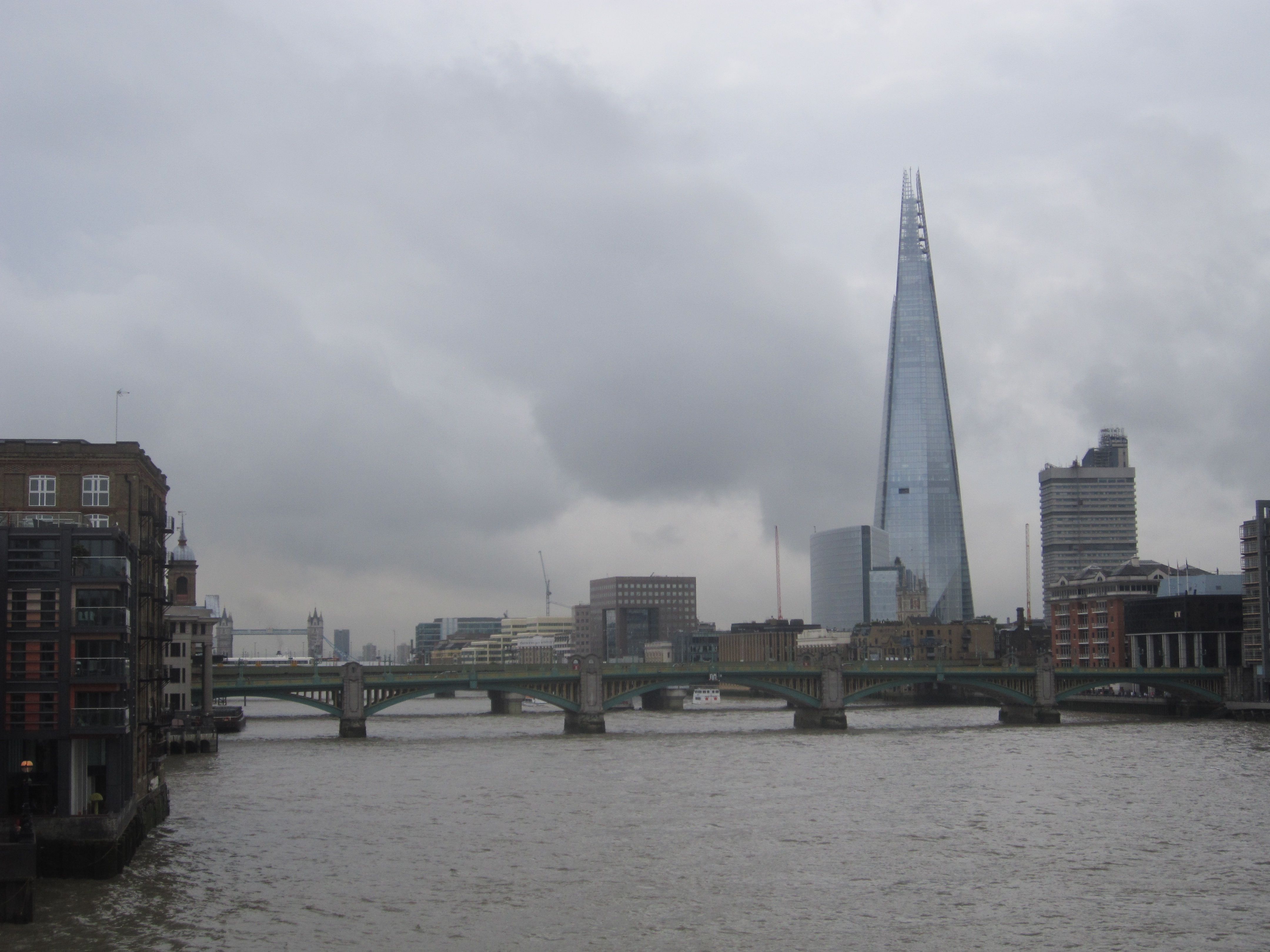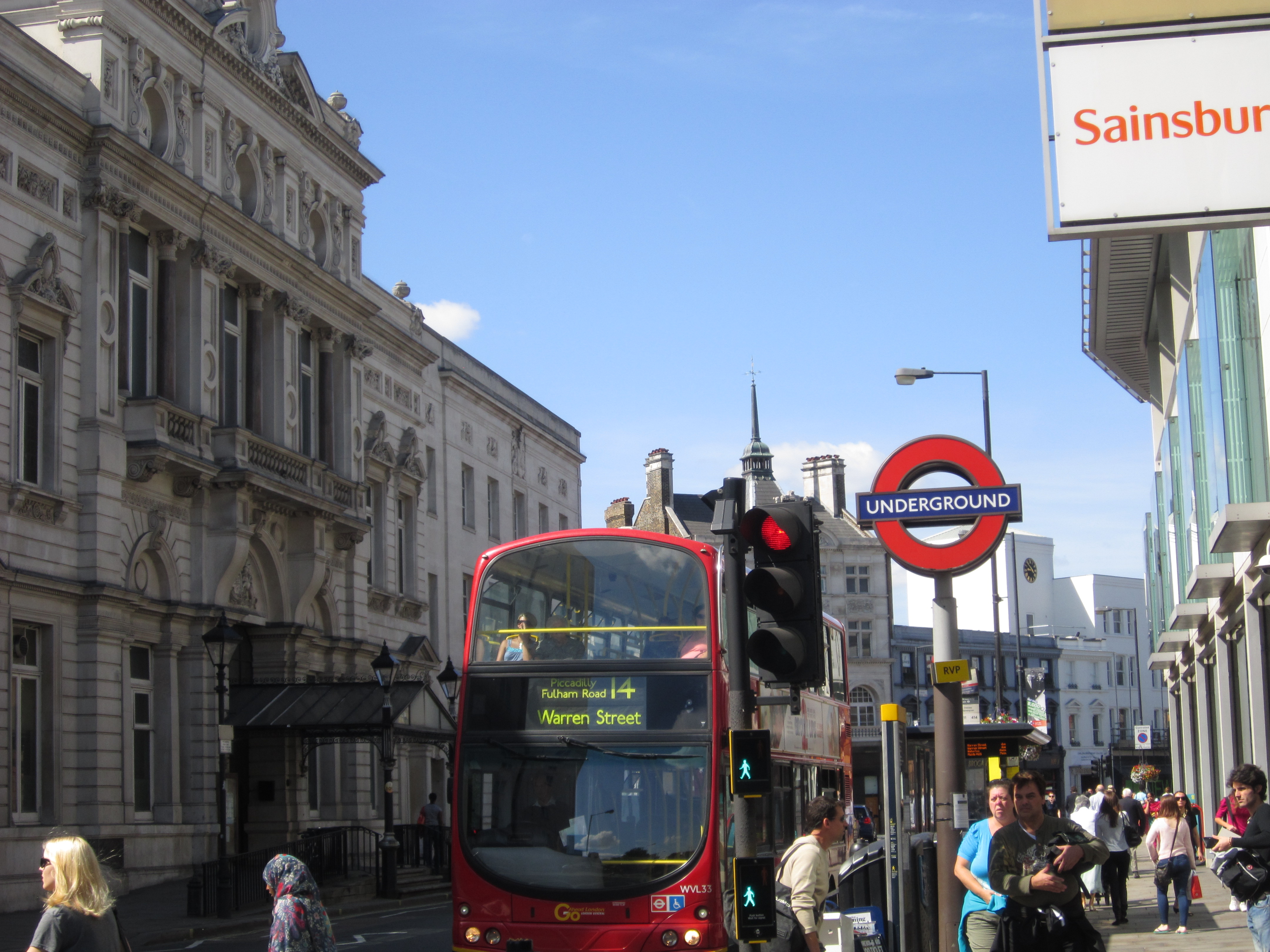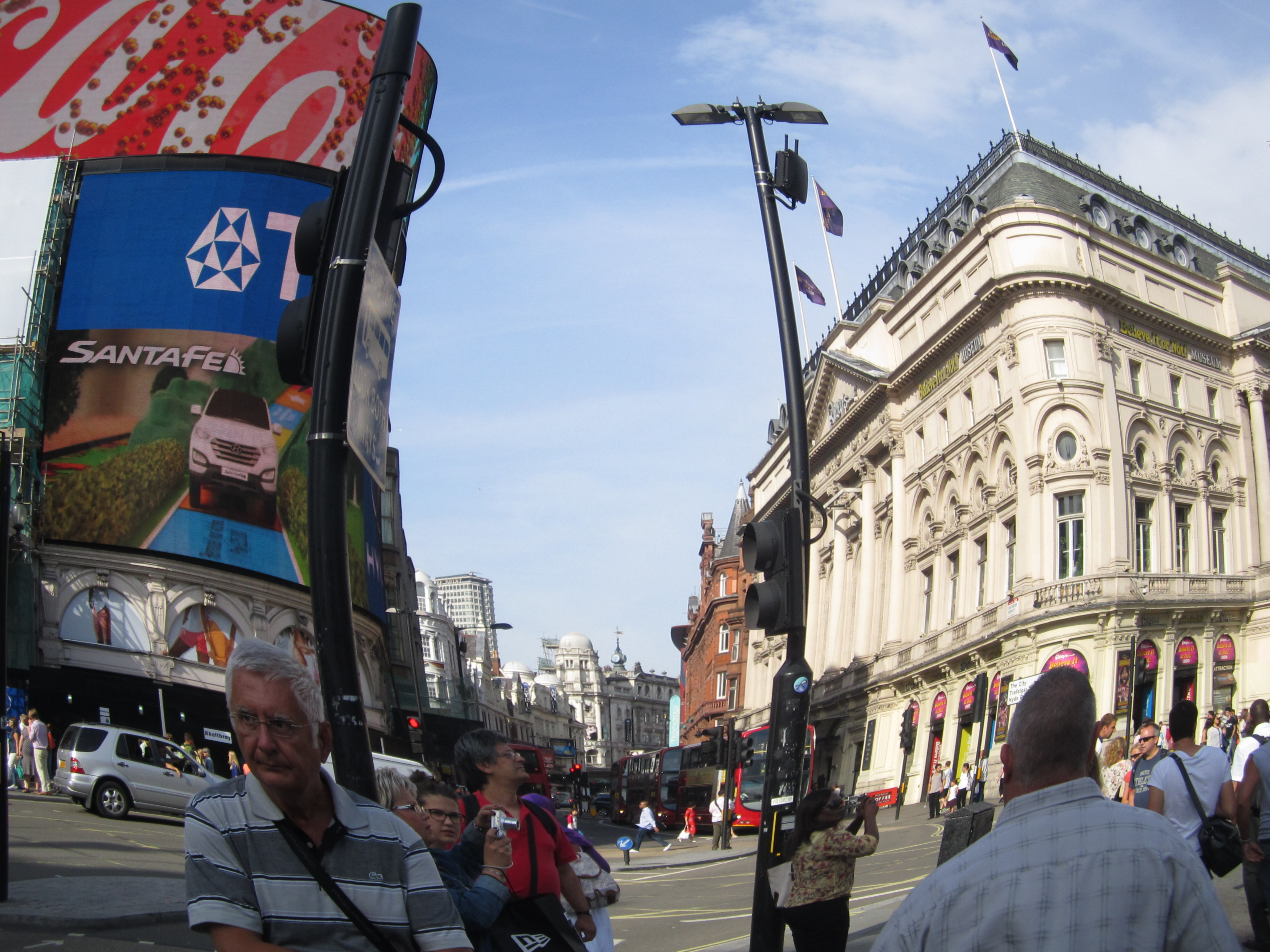What’s there to say about London? I could do one of those clichéd lines critics always use– “what’s there to say that hasn’t already been said?”– but quite frankly with everything that’s been said about London, none of it can truly capture the city. Remember how I said reading Joyce helped capture Dublin for me, or how travelling through central England gave me a feel for the countryside? Nope, not true for London, not even close. Bleak House. Pride and Prejudice. Mrs Dalloway. Harry Potter. Love Actually. A lot has been said about London, a lot of it very damn good, managing to capture a portion of London very well. But of all of them, the only thing I’ve read about London that comes close to the truth is Samuel Johnson’s famous quote, “the man who is tired of London is tired of life”. Written in the 18th century, the quote is certainly more true today. Because London has something of everything in it.
It’s amazing just how much my expectations were flipped at every turn this week in this insane city. I expected to find the Westend– with its glitzy broadway-esque plays and Piccadilly circus– to be the worst tourist trap of the city. While it certainly was crowded, the area is gorgeous and the bustle of Piccadilly really is incredible. The first time I walked into the center of it, there was just a wall of sound, from the dialects to the screeching cars, and I almost fell over. On the other hand, I expected Camden Town to be a really cool rock and roll area, considering all the bands that come from there. Nope, not even close. Camden Market has transformed into the worst tourist Venus fly trap imaginable– really just four hundred stalls of awful souvenirs and “ERMAGERHD LONDON” t-shirts (no it wasn’t actually “ermagerd” but girls wearing em could have been); go far enough back and there’s a couple so-called “vintage” shops that sold ski jackets you could find in Value Village, for five dollars, sold at forty pounds there. Then I usually love bustling business districts of cities, just to watch the pace of it all, but the tremendous glass skyscrapers of east London turned out to be the most boring part of downtown.
Probably the most disappointing part of London was that I didn’t get a true sense of the history here. After all, few cities have been so consistently thriving over the course of a thousand years as London, but I found it was less defined by what’s come before as what’s to come– London always seems to be looking towards the future, like the amazing Shard Tower, now the highest building in western Europe.
Obviously it’s difficult to maintain the history of a city that’s had four or five major fires and been bombed by Nazis, but it’s more than that: London seems to lack the pride I would have expected. It’s proud of what it is now, its labour government present seems to resent its Empirical past. Here’s where it gets annoying: anything remotely culturally significant, that’s not a museum, costs. Costs a hell of a lot. The Tower of London and Hampton Court Palace each cost around 20 pounds to enter, which significantly discourages young people. I wanted to see the Tower so badly, but I just couldn’t force myself to pay the equivalent of 35 Canadian dollars for, what, an hour in some claustrophobic stone stairwells? Then there’s the Churches: both Westminster and St Paul’s cost over 15 pounds to enter. Really? I understand the need to keep the place up to date, but that’s just excessive. The end result is that it turns valuable historical landmarks into tourist traps, since you sure won’t see your average Londoner going in there.
Ranting done. Now on to the good. Of my three favorite things I did in London, two are completely unexpected, while the first is so expected it’ll make you groan that I’m even mentioning it:
The museums. A benefit of being a colonial empire is the easy access (read: easy steal) to priceless cultural monuments all over the world. And thus, you have the British Museum. All political aspects aside, the museum really is outstanding. I first went there when I was eleven. Seeing monuments like Tutankhamen’s mask helped inspire a love of history that’s painfully obvious through this blog (I know, I don’t shutup about it, ever). Coming back there I was blown away all over again, this time by the Parthenon frieze, the Assyrian lions, and the realization that almost every Roman bust on display is now used in all my history textbooks. Then there’s the National Gallery, with an astounding collection of art (and just like the British Museum, most of it isn’t British), or the Victoria and Albert with its display of ornate glasswork and old musical costumes, or the Natural History Museum with its Darwin collection or the… you get the idea: there’s no way I could see all of it in a week. I actually tried to, but it was about halfway through the V and A I gave up, as the pictures ceased to mean anything. But that’s to the city’s credit, and the fact that they’re free is, well, all kinds of beautiful.
The second is the tube system. London, I unfortunately learned, is not a walking city. It’s so massive and sprawling that I walked for an hour one day along the Thames without seeming to get anywhere at all, or the fact that the streets make no discernible sense and that you can get lost in all of five minutes. The tube, meanwhile, makes all of the sense the city itself lacks. It’s fast, it’s clean and it’s relatively cheap (30 pounds for a week use, which very quickly paid itself off). What’s more, it makes all the sense the Paris metro doesn’t (warning, rant forthcoming). I enjoyed riding the tube, just to feel the pace and the energy in there– nowhere in the city did London feel quite as “important” as watching all the Suits rush past and hop on the next metro. It’s certainly strange that the tube could be a tourist attraction, but when it’s so necessary, when it’s so groundbreaking and well-designed, when the signs and the map become icons in of themselves, the tube is as central a feature of London as anything else.
The third is the people. Another benefit of colonialism: it brings a lot of people together. London is shockingly multicultural: Canada may pride itself on being a place where cultures meet, but it’s got nothing on London. When I say shocking, I mean I’m walking through King’s Cross and walk past five different groups, each speaking a different language, only one of them Romanic. Then walking into Piccadilly Circus, everyone was there, buying clothes making music taking photographs– it really could have been center of the world. This makes it the best place to people watch. Probably one of my favorite moments was just grabbing a coffee in a shop off Trafalgar and watching everyone pass. All their lives. London’s best feature ended up being something that can never be nailed down; it may not be in any guide book, but it’s bigger and more exciting than anything. And it’s what makes the city.
London will always be a fascinating, frustrating city. In the whole week I was there I could never get a proper feel for the city. Now I think that instead of trying to see every inch of the city, I should have spent all my time understanding the most interesting portions of the city, like SoHo or Kensington, instead of trying to figure out what makes London as a whole “click”. I’ll be going back to London at some point in this trip, so perhaps my feel for London will change when I go back. But I’m starting to believe that London, more than any other city I’ve been to, can’t be described in a couple words, or even a couple books. And that unpredictability is as much a defining feature of the city as anything.
